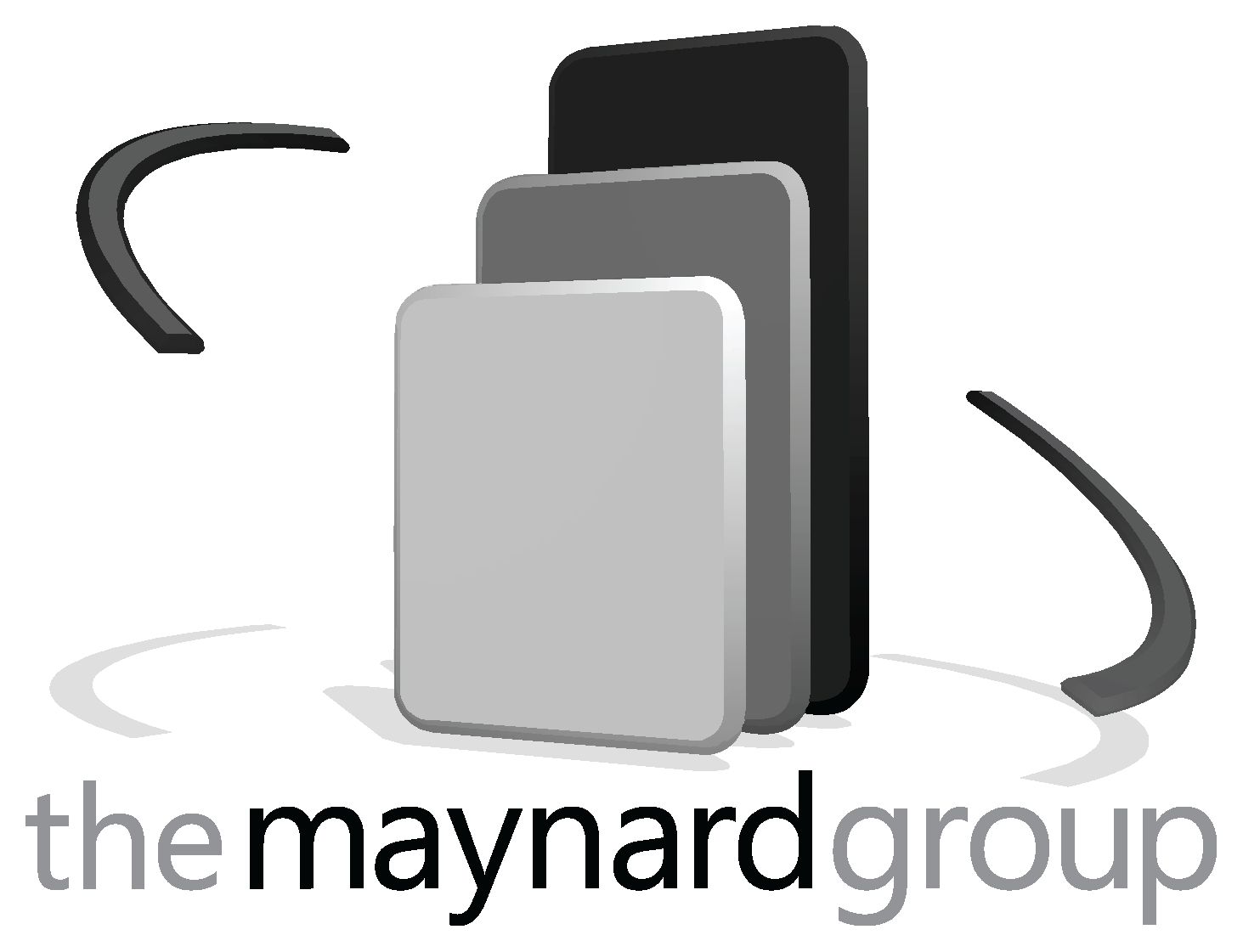Unified Communications Phone Solutions for Modern Businesses
/From Desk Phones to Mobile Softphones: Exploring the Range of Unified Communications Phone Solutions
When it comes to business, communication is key. Getting information to and from clients, prospects, workers, and key stakeholders makes up the backbone of any industry. With that information, you would be forgiven for thinking that a top priority for most businesses would be making sure communication was as smooth and integrated as possible.
But the reality is that most organizations have very disjointed and siloed communications systems. The call center has phones, the IT team uses instant messaging, HR uses email, executives use video calls, and supervisors use their project management product to talk to their teams. It’s easy for crucial information to slip through the cracks, leading to a breakdown in communications and even entire projects where time is of the essence.
Understanding Unified Communications
Handling breaks in communications may have been manageable as recently as five years ago when you could just walk over to the person you needed to communicate with, but since the pandemic, many companies are reporting that more than 80 percent of their workforce is remote. When your employees go from being cubicles apart to being separated by oceans, it’s all the more important to ensure that your systems are aligned.
This is where Unified Communications comes in. Purchased products and physical hardware have their place, but they need to be consolidated if you hope to have effective communication in your organization. Unified Communication is the concept of utilizing cloud-based software to have each communication channel share data with the others.
This means your video calls, instant messaging, email, file sharing, and phones are all connected with each other, eliminating the need to have a team go through the time-consuming and error-prone task of manually managing all channels to make sure projects were done on time and cases were handled effectively.
Types of Unified Communications Solutions
One major step in unified communications is taking your landline phones and migrating to a Voice over Internet Protocol service (or VoIP). As the name suggests, this allows you to make calls over your broadband connection rather than the landline. The speed that an internet connection can reach over an analog phone makes it a significant improvement but this alone.
Not only does this make your connection stronger, more reliable, and more secure, but it also allows your calls to be easily recorded, transcribed, and stored within a CSM and makes it accessible across other communication channels.
This also means fewer connectivity issues, better quality, closer tracking, and less physical hardware to buy, install, and maintain. It’s hard not to see how this can impact productivity, customer satisfaction, employee engagement, and your bottom line.
VoIP used to require special equipment that cost a pretty penny. Now, however, features such as Session Initiation Protocol (SIP) allow you to connect using existing conventional equipment such as desk phones or conference phones. It also can be used with a smartphone using a VoIP app. Other Internet Protocol communications include instant messaging, fax, video, and more.
Softphones
A softphone is an app that functions as a phone, allowing you to send and receive voice calls without a typical phone device. While your hard phone line requires the phone itself and is issued through a phone service provider, a softphone app can be downloaded onto many different devices with or without a phone connection. All you need is the internet and a device with a microphone and speaker.
Using this, your tablet, laptop, desk phone, or smartphone can all be used as the same softphone. This flexibility allows you to connect multiple teams using different devices and integrate them with your systems. This saves you money, reduces hardware needs, and allows you to scale your phone channel much more efficiently.
How The Maynard Group Has You Covered
This is a new era for business communications, and organizations that aren’t adapting their internal systems are setting themselves up to fall behind within their industries. With a Unified Communications Solution, you can streamline all of your communication channels to have more data, better tracking, less cost, and better-served customers.
Here at the Maynard Group, your team can work smarter using Unified Communications on any device. Our telecom solutions are designed to increase your organization’s productivity while simplifying your system management—all while saving you money. Give us a call today at 888.376.5577 to get started on a better communication system.


